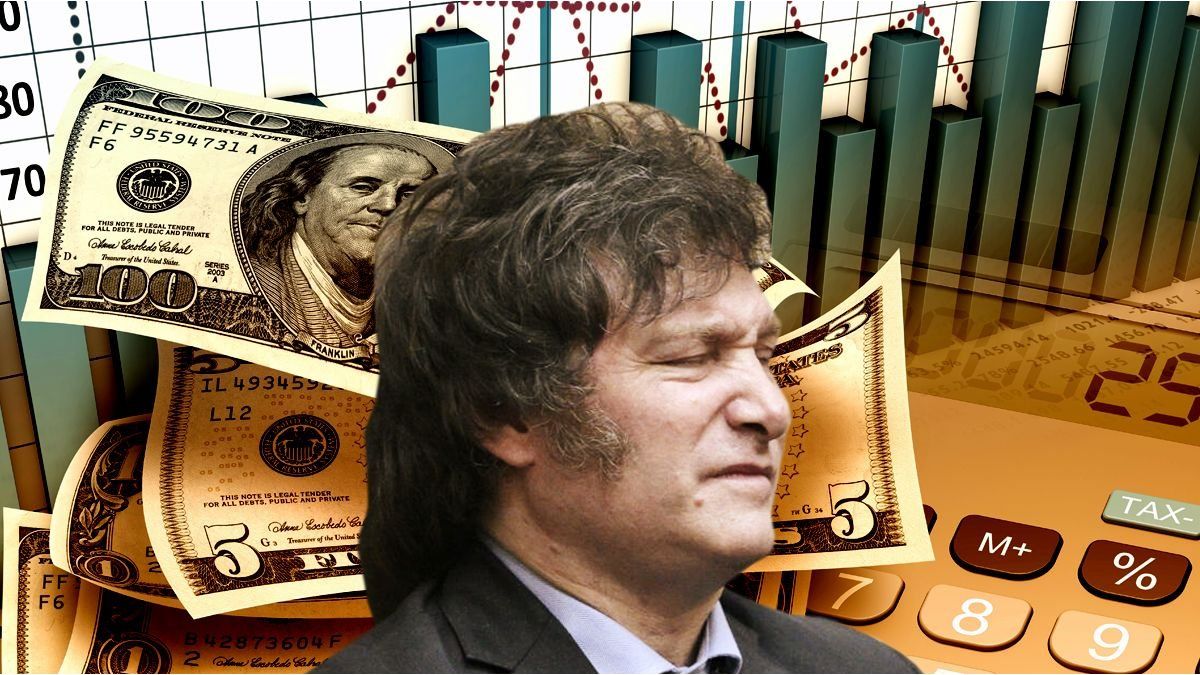The Argentina’s financial conditions improved in August, but the world played a dirty trick. According to the Financial Conditions Index (ICF) prepared by the consulting firm Econviews together with the IAEF, it marked a rise of 10 points and is already the fifth month in the “comfort zone”, something that has not happened since the PASO of 2019. After two complex months, the market regained confidence in the Government’s plan.
In this way, the S&P Merval gained 4%, the country risk stopped rising and the core inflation settled between 3% and 4%. The exchange rate gap, for its part, narrowed from 45% to 37%, although with intervention from the Central Bank.
“There were no changes in the fundamentals, neither those that excite the market – fiscal surplus and low debt level – nor those that worry – exchange rate lag. The biggest difference with June and July is that the BCRA was once again a net buyer of dollars in the official market, although 537 million It is not enough to clear up doubts about the end of the currency controls or the payment of the maturities in dollars beyond 2025,” they explained.
External headwind
External conditions fell 18 points in August, from 32 to 15, although without leaving the comfort zone. It was the worst monthly drop since the invasion of Ukraine. August opened with “Black Monday” when the Japanese stock market fell 11%, dragging down the S&P500 and Nasdaq indices, which sank 3% in one day. They recovered their losses throughout the month, but the episode left its mark on the variables that measure stock volatilitywhich deteriorated sharply in August.
Concern about the US labor market. Behind the deterioration of international indicators is the fear of a recession. At the Federal Reserve’s annual symposium, Chairman Jerome Powell said inflation was very close to the 2% target, but they were looking closely. Concern about the rise in unemployment, from 3.8 to 4.2% over the past year, and other labor indicators. In August, the U.S. created 142,000 new jobs, not far from the 160,000 expected, but the numbers from previous months were revised down and the ratio of job openings to unemployed is almost at 1.
Good signs in local variables
In June and July, almost all of them had fallen. Those that improved the most in August were the spread between the Badlar and Call rates, devaluation expectations measured by the spread between one-month and one-year dollar futures, the exchange rate gap and core inflation.
In absolute terms, The Merval and private deposits in dollars stand out, which are approaching US$ 20 billion for the first time since the end of 2019. Beyond the drop in recent days, the country risk at almost 1,500 points is one of the worst variables in absolute terms. 3 of the 10 local variables are in the comfort zone and 7 in the stress zone, but none in the severe stress zone (below -10). As recently as November, there were 6 variables of the local index in the severe stress zone.
conditions.PNG
Summary of local and international economic variables
What’s coming next?
According to the report, the next driver should be the exit from the cepo. Lowering the PAIS tax on goods and freight from 17.5 to 7.5% is a welcome decision to reduce the “Argentine cost”. On its own, it may complicate the accumulation of reserves by the BCRA, but it is one more step towards exchange rate unification. “We believe that This unification will not be possible without a discreet jump in the official dollar “that will bring it closer to the financial sector. This will have an initial cost in inflation and will require more positive interest rates, but in the medium term it will be positive for both the local variables of the ICF and the real economy,” explained Econviews.
Source: Ambito




